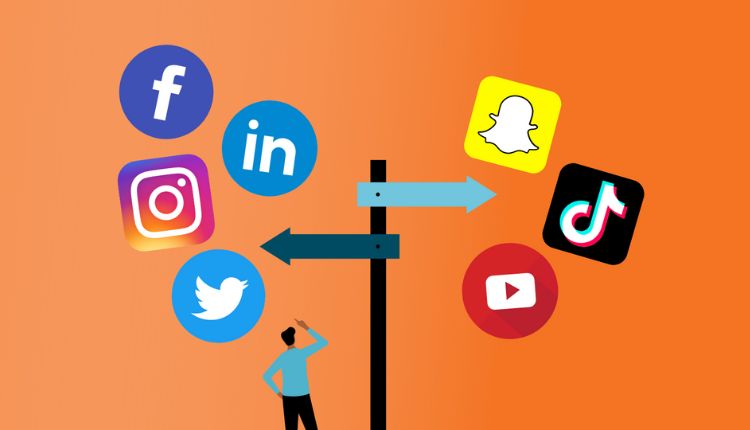Social media consists of user-driven platforms that facilitate dialogue and communication to a wide audience. These platforms also offer a way for businesses to identify fast-moving consumer trends, promote products and provide customer service. Individuals use social media to connect with people across the globe and share their experiences. Fitness influencers, for example, use social media to monetize their audiences.
It Is A Form Of Communication
Social media is a form of communication that involves sharing information and content. It is used by people from all over the world to connect with each other and share ideas and information. It can also be used to promote businesses and events. Unlike traditional media, which delivers information without the opportunity for feedback, social media platforms allow users to interact with each other in online communities and networks. They have a variety of features, including comment sections and hashtags. Social media is a powerful tool that can have positive and negative effects on society.
Scientists can use social media to disseminate research results quickly and to connect with other scientists. However, it can be difficult to maintain focus on the work while navigating the digital distractions of social media. It is important to follow the rules of network etiquette and be aware of copyright and libel issues. In addition, social media can lead to a sense of false urgency and an overemphasis on small details, which can lead to miscommunication.
It Facilitates Many-To-Many Communication
Social media facilitates many-to-many communication by providing arenas for self-expression, opinion sharing and public commentary. This democratization of information and the power of mass communication has helped spawn grassroots movements, civic debate and societal change. Social media platforms allow users to connect with wide audiences through their comment sections, hashtags and algorithmic news feeds. This turns media consumers into media creators. For example, fitness influencer Kayla Itsines built a global community on Instagram and Facebook that she monetized into her multimillion dollar Bikini Body company.
Businesses use these platforms to build brand awareness, drive sales and identify fast-moving consumer trends. They also use them to manage customer service and provide marketing analytics. Nevertheless, social media cannot replace face-to-face communication and should be used as a tool to supplement it. This will help people maintain social ties and strengthen relationships with friends, family and coworkers even when they are not physically present. This is an important step in the evolution of digital communication.
It Is A Form Of Entertainment
Social media was initially created to allow users to digitally connect with friends, colleagues, and other like-minded individuals that they may never have met in person. It also helped to grow free online communities and provided easy access to consumer reviews on products, services, and brands. However, in recent years, social media platforms have shifted from being tools for connecting with others to providing users with entertainment. This shift has been fueled by the popularity of video-sharing platforms such as YouTube and TikTok, consumer review apps like Yelp and TripAdvisor, and the growing power of influencers, who have leveraged their audience to generate content and make a living from their social media presence.
The most successful social media entertainment creators have a clear understanding of what their audience wants and are constantly evolving their content to meet that demand. While the cynic might argue that the sole purpose of social media is to make money, this view would be missing the point of why billions of people continue to use it.
It Is A Form Of Marketing
Social media is a form of marketing that involves using online platforms to promote and sell products or services. This type of marketing is a powerful tool because it can help businesses create and manage customer relationships and build brand loyalty. It also allows businesses to track and respond to customers in real time. This allows them to improve their customer service and increase audience awareness. In addition, social media marketing can be used to amplify content and drive traffic to business websites.
Today, more than 4.7 billion people use social media to share information and connect with others. While it can be a valuable communication tool, it can also lead to polarization and spread misinformation. Social media has also been linked to negative psychological effects, including schadenfreude, loneliness, and feelings of inadequacy. As a result, it is important to understand how to use this technology effectively. Here are some tips to help you do so.
Conclusion
Social media helps people digitally connect with friends, colleagues and like-minded individuals they may not be able to reach through other means. It also supports civic participation, activism and awareness campaigns. We’re used to hearing that social media is bad for our mental health, but it can have positive impacts too.
